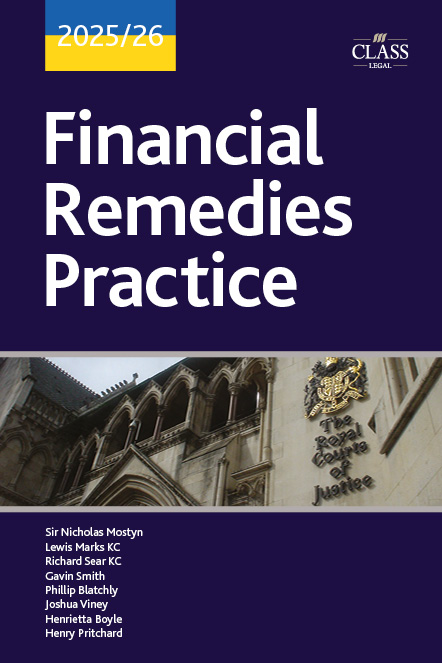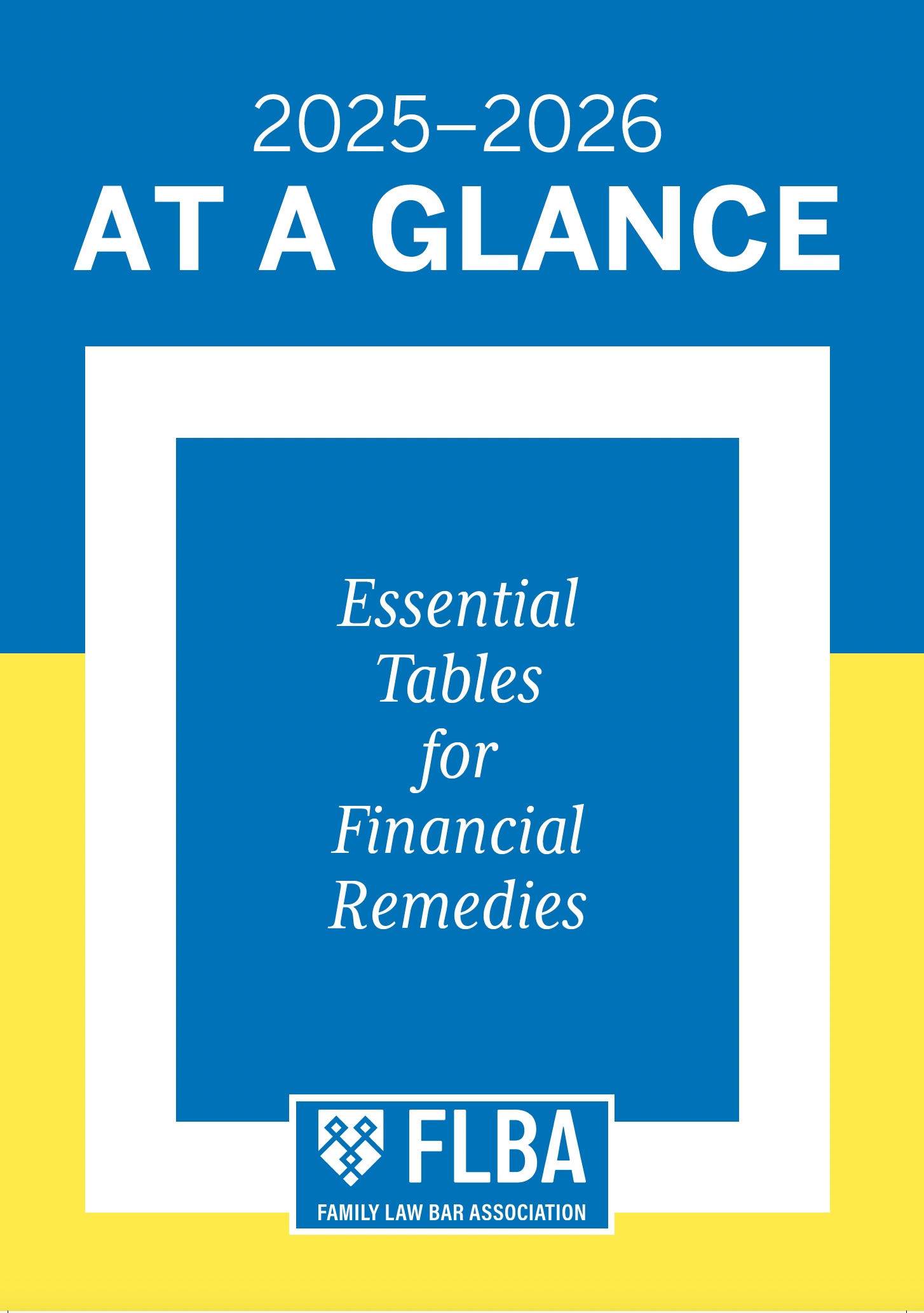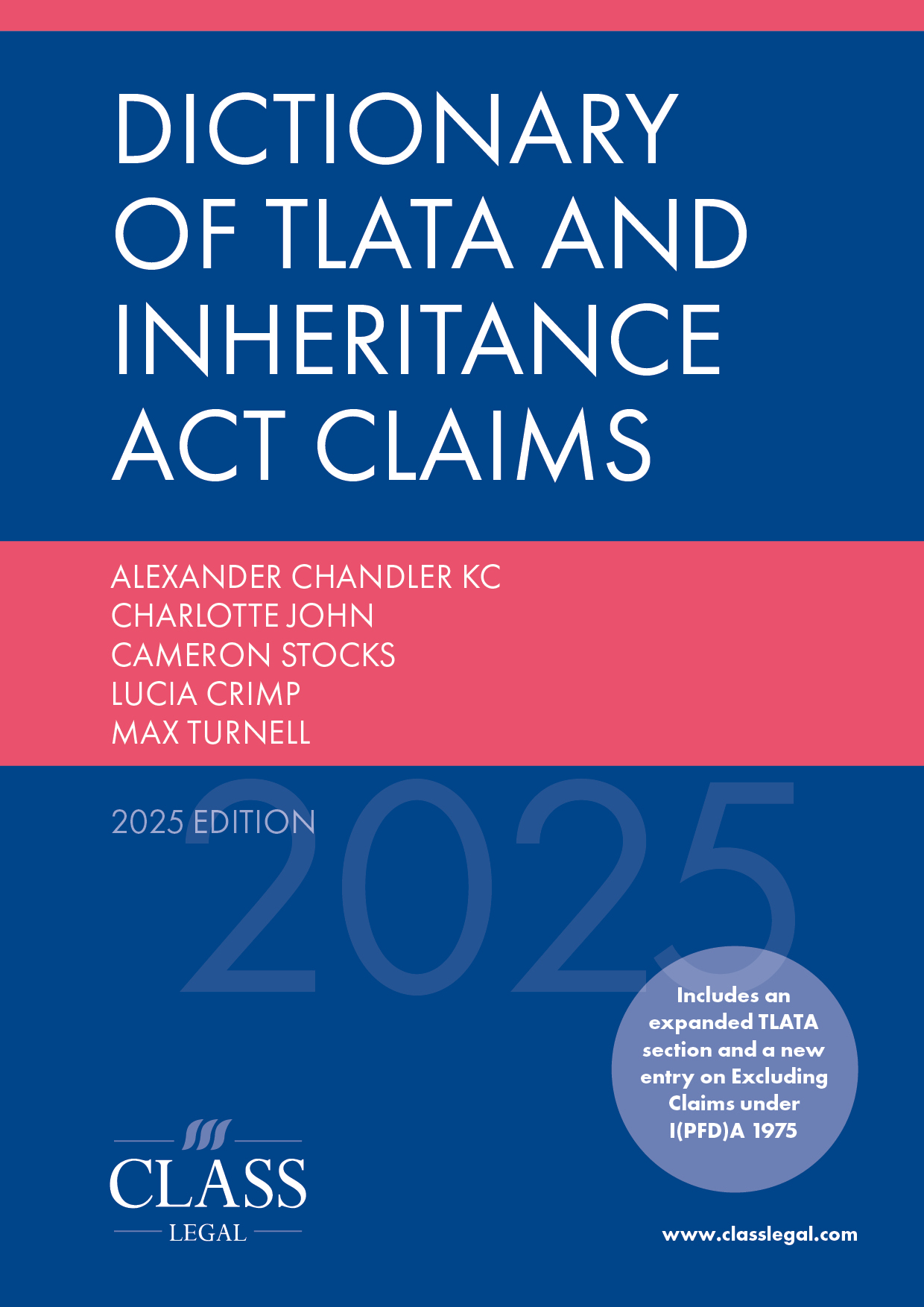
Reflecting Domestic Abuse in Financial Proceedings: a Comparative Analysis of English and Australian Approaches Since the Family Law Amendment (No 2) Act 2024
Published: 16/06/2025 08:30

A significant shift in the treatment of domestic abuse within financial remedy proceedings will shortly take effect in Australia. Following Royal Assent on 10 December 2024, the Family Law Amendment (No 2) Act 2024 will introduce reforms that require courts to account for the impact of family violence on property and spousal maintenance outcomes. The property reform schedule within the legislation will apply to proceedings filed on or after 11 June 2025. This legislative intervention builds upon the pre-existing common law principle from Kennon v Kennon (1997) FLC 92–757 and marks an explicit statutory departure from discretionary treatment of abuse in financial settlements.
These developments raise important comparative questions. While Australian law moves to integrate abuse as a structural factor in financial decisions, courts in England and Wales continue to rely on limited conduct provisions within the Matrimonial Causes Act 1973. This article considers the legal framework in each jurisdiction, with a focus on the potential implications of the Australian reforms and the boundaries of English law as illustrated by recent case law, including Culligan v Culligan [2025] EWFC 1.
Legislative reform in Australia
The Australian amendments introduce a mandatory requirement for courts to assess whether family violence has affected a party’s contributions, future needs, or entitlement to maintenance. These obligations are embedded in ss 79(4)(c), 79(5), and 75(2) of the Family Law Act 1975 (Cth) (the ‘FLA’), and their mirror provisions for de facto relationships. Significantly, the statutory definition of family violence has been expanded to include economic and financial abuse, including controlling access to money, sabotaging employment, and incurring debts in the other party’s name ([2025] Fam Law 30, pages 33–34).
By codifying the Kennon principle, the reforms aim to ensure that financial arrangements post-separation fairly reflect the adverse impact of abuse during the relationship. The legislative structure separates conduct from misconduct and reframes it within the assessment of fairness, contributions and future economic vulnerability.
Application and judicial reasoning
In anticipation of the reforms, recent Australian decisions have applied Kennon to produce tangible financial adjustments. In Castelli v Castelli [2023] FedCFamC2F 1172, the court awarded a 5% adjustment to the wife on the basis that abuse rendered her contributions significantly more arduous, supported by expert evidence of psychological harm. In Sweet v Sweet [2022] FedCFamC2F 676, the court accepted the wife’s experience of coercive control and made an 8% adjustment in her favour, though tempered by the husband's initial financial contributions.
These cases illustrate the intended function of the new legislative provisions. While the quantum of adjustments remains relatively modest, they indicate a developing jurisprudence in which abuse is acknowledged not merely as a moral or criminal matter, but as an economic reality with enduring consequences (‘Domestic abuse in financial remedy proceedings: what lessons can be learned from Australia?’ [2025] IFL 30, page 32).
The English legal framework
In England and Wales, s 25(2)(g) of the Matrimonial Causes Act 1973 permits the court to consider conduct where it would be inequitable to disregard it. Judicial interpretation, however, confines this exception to truly exceptional cases. In N v J [2024] EWFC 184, Peel J emphasised that domestic abuse must be serious and result in a clear financial detriment to affect the award. Even where allegations are substantiated, they rarely lead to an adjustment unless the impact is directly quantifiable.
Although the Domestic Abuse Act 2021 introduced a wide-ranging statutory definition of abuse, including economic abuse, the Act did not modify the financial remedy framework. The conduct threshold under s 25(2)(g) remains unchanged and highly restrictive in practice ([2025] IFL 30, pages 30–31).
Empirical and professional perspectives
A 2024 survey conducted by Resolution found that 80% of family law professionals believed domestic abuse was not sufficiently accounted for in financial remedy proceedings – Domestic abuse in financial remedy proceedings, Resolution. The Fair Shares project confirmed that 28% of divorces involved abuse, with female survivors disproportionately affected in relation to housing, pension access, and employment status – see Dividing property and finances on divorce: what happens in cases involving domestic abuse, Professor Hitchings and C Bryson. The report also highlighted gendered disparities in financial knowledge, income and reliance on benefits.
Nonetheless, neither report advocated for immediate legislative change. Resolution noted the complexity of translating abuse into financial redress, while Fair Shares deferred to future Law Commission work to explore whether reform was warranted.
Recent judicial treatment: Culligan v Culligan [2025] EWFC 1
The boundaries of s 25(2)(g) were recently tested in Culligan v Culligan [2025] EWFC 1, a high-value case involving allegations of psychological and economic abuse. The wife alleged controlling behaviour, threats to withhold financial support, and coercive conduct. Despite medical evidence of PTSD and extensive litigation, MacDonald J held that the allegations fell ‘nowhere near’ the requisite threshold for conduct to affect distribution (Culligan v Culligan [2025] EWFC 1, para 35).
As noted in Currie’s commentary in the Financial Remedies Journal – Culligan v Culligan [2025] EWFC 1 – the judgment reinforces the prevailing orthodoxy that domestic abuse, even when substantiated, is rarely sufficient to alter the outcome in financial proceedings unless it causes tangible financial harm. The court ultimately ordered an equal division of the assets and deferred consideration of litigation conduct to the issue of costs (paras 113–114).
Observations and future considerations
The Australian reforms represent a deliberate effort to embed the consequences of abuse within the statutory matrix of financial remedy law. By moving beyond discretionary treatment, they offer a framework that aligns legal principle with lived experience. In contrast, the English framework continues to apply a narrow lens, addressing abuse only where it reaches a threshold of exceptional conduct with direct financial consequences.
While some have suggested that the English approach risks perpetuating economic disadvantage for survivors, others highlight the evidential and procedural difficulties involved in quantifying the financial impact of abuse ([2025] IFL 30). The Australian reforms may help inform this debate. As judicial interpretation of the amended Family Law Act develops, comparative observers will be able to assess whether the intended objectives – fairness, consistency, and economic redress – are realised in practice.
In this context, the experience of the Australian courts may provide valuable insight for future discourse in England and Wales. The implementation of the reforms, the evidential burdens that arise and the consistency of outcomes will be of particular relevance to policymakers, practitioners and the courts.










